How The Militaria Market Works
by admin | Mar 3, 2017 | "Mehr sein als scheinen", alles fur deutschland, alles fur deutschland dagger prices 2, alles fur deutschland dagger value 1, alles fur deutschland dagger value 2, Robert Klaas, Robt Klaas Solingen, Schutzstaffeln, U-Boat Combat Clasp, Uncategorized, Waffen-SS, We Buy Medals, Who Ownes Hitler’s Mercedies
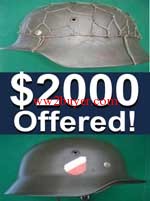
How The Militaria Market Works
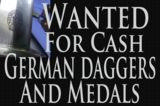
Selling at Auction?
This is no longer a viable option for all but the deceased, infirm or those who are happy to see 45% of an item’s value lost in buyer and seller’s commission.
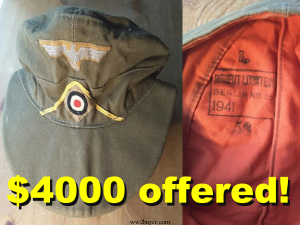
Selling to the trade.
Whether you are buying or selling militaria, you will find it advantageous when negotiating with dealers to understand how things work behind the scenes.
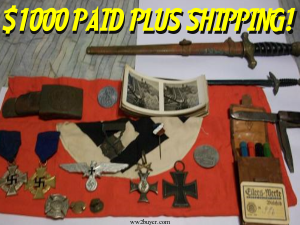
Schutzstaffeln
One observation of the militaria marketplace, is that there is a gulf between what the consumer expects from a “Militaria dealer”, and what the average Militaria dealer believes he should provide for the consumer.
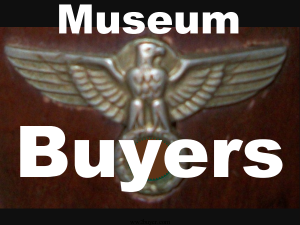
These differences boil down to trust. The consumers hope they can trust the Militaria dealer to give Them an honest appraisal and pay a fair price.
As a guide any dealer worthy of a mention will always pay a minimum of 60% of the list price. That is to say if you see an item identical to one you wish to sell in comparable condition on a website prices at $1000 then you can expect offers from the trade of $600.
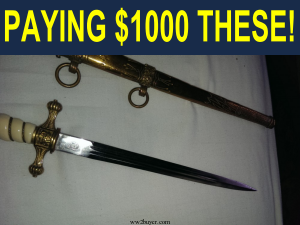
Why the massive 40% margin?? Well this does not really equate to 40% . Around half the items offered at big ticket prices on websites are “traded” (sold at trade prices dealers who wish to always achieve asking prices for militaria go bankrupt !.

Other factors such as time spent on the shelf further eat into the margin given that dealers work on loaned money in many cases (Business overdrafts )
The novice Militaria dealer feels it is right to pay the lowest price he can for his stock, to maximize his profit, and that it is up to the consumer to have done their homework.
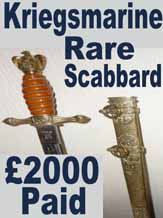
Fortunately, by finding our website, you will be on a much better footing when negotiating with Militaria dealers.
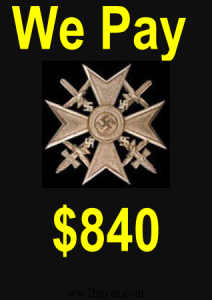
Militaria dealer
Militaria Dealing – A Brief Overview
There are two main categories of Militaria dealers – the wholesaler and the retailer. The wholesaler aggressively seeks to bring new material into the marketplace,he may well scour car boot sales but finds richer pickings by staging buying events in venues such as village halls ,Cold calling “Knocking”or even running adds in hospital magazines!.

His market knowledge and persistence will reap reward when buying from the vulnerably older generation who are trusting and ignorant of prices. This grade of wholesaler will distance himself from his booty by selling it on to seemingly reputable retail-based dealers.

The retail Militaria dealer invariably gets some of their stock from such wholesalers. They will attend Auctions, Militaria shows and buy from contacts who visit their store or website, most of their business income is derived from servicing a niche clientèle of Investors and history enthusiasts .
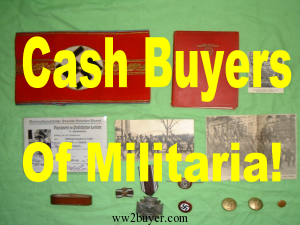
A dealer of this type is more likely to pay you higher prices for your Militaria, since items don’t have to have to pass through several sets of hands before being sold, The position of their Store is a major factor for sellers to consider. A store situated next door to a tourist attraction will have thousands of visitors each year. These are the best dealers to approach they are hungry for stock will posses far greater knowledge and have a greater volume of customers to supply. larger dealers are more likely to belong to organizations 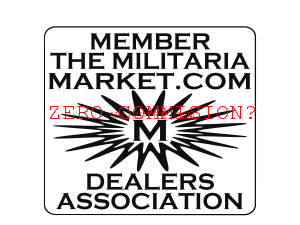 that require them to subscribe to a Code of Ethics.
that require them to subscribe to a Code of Ethics.
Theoretically Militaria has a “Trade Price” and an “Asking price”. The margin between the “Asking Price” and the “Trade Price” is variable but generally thinner on items that are in great demand.
Militaria Dealer’s Profit Margins
Effectively rare Military antiques in good condition are good news for dealers .They are in demand therefore they can be turned over quickly regardless of Profit Percentage If a Medal will sell for £2,000, a dealer can make a nice profit if he buys the Award for £1750, but he might have this Medal in his inventory (His investment in it tied up) for a long time before someone who can afford £2000 for this particular item comes along.
All told, the profit margins for antiques is primarily determined by these three factors:
A. How quickly the Artefact can be resold (market demand)
B. How high the Cash value is (capital outlay)
C. The trends in popularity (market dynamics)
Antique dealers have to strike a balance between the above factors to remain profitable.
Best Regards, David Mattey (BUYER)













